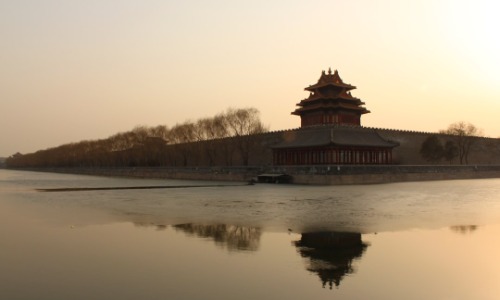January 2025
-
The Prince Gong’s Mansion in Beijing a testament to the Prince Gong Family historical significance.
Here’s the English translation with explanations for those unfamiliar with Chinese history: The Prince Gong’s Mansion in Beijing belonged to Prince Gong, an important member of the Qing Dynasty’s imperial family during the late imperial period. The most famous Prince Gong was Aisin Gioro Yixin (1833-1898). The Qing Dynasty (1644-1912) was China’s last imperial dynasty, ruled by the Manchu people. Young Prince Gong Yixin Born as the sixth son of Emperor Daoguang, Yixin showed exceptional talent in both literary and…
-

Divergent Destinies: The Contrasting Treatment of the Chunqin and Su Prince Houses in Post-Revolutionary China
The Evolution of Manchu Policy in the People’s Republic of China 1. From Exclusion to Integration – Initially, revolutionaries sought to exclude all Manchus – Later shifted to the “Five Races Under One Union” (wu zu gonghe) concept – This change was driven by concerns that Manchu exclusion might spark independence movements 2. Treatment of the Chunqin Prince House (Puyi) – Puyi received special consideration after the war – Underwent thought reform, was granted amnesty and citizenship – His family…
-

The Last Reforming Prince: Su Shanqi’s Vision for a Modern Qing Dynasty
I’ll translate this historical account of Prince Su Shanqi into English, maintaining the same structure and detail. Prince Su Shanqi (1866-1922): A Reformer Caught Between Tradition and Modernization in Late Qing China Noble Lineage and Special Status Prince Su Shanqi was born into a noble lineage descended from Hooge, the eldest son of Hong Taiji, the second emperor of the Qing Dynasty. His family, the Prince Su household, was one of the “iron-cap princes” (tiemao wang), a special hereditary princely…
-

The Light and Shadow of History – Kodaira Soji and the Final Days of the Qing Dynasty
The Light and Shadow of History History is often told from the perspective of the victors. In modern Chinese history after the Xinhai Revolution, while Miyazaki Toten, who supported Sun Yat-sen’s revolutionary movement, is widely known, the stories of those who remained loyal to the Qing Dynasty are rarely told. Today, we introduce the life of Kodaira Soji, a figure hidden in the “shadows of history.” Devotion to the Qing Dynasty Born in 1876 in Hotaka Village (present-day Azumino City),…


